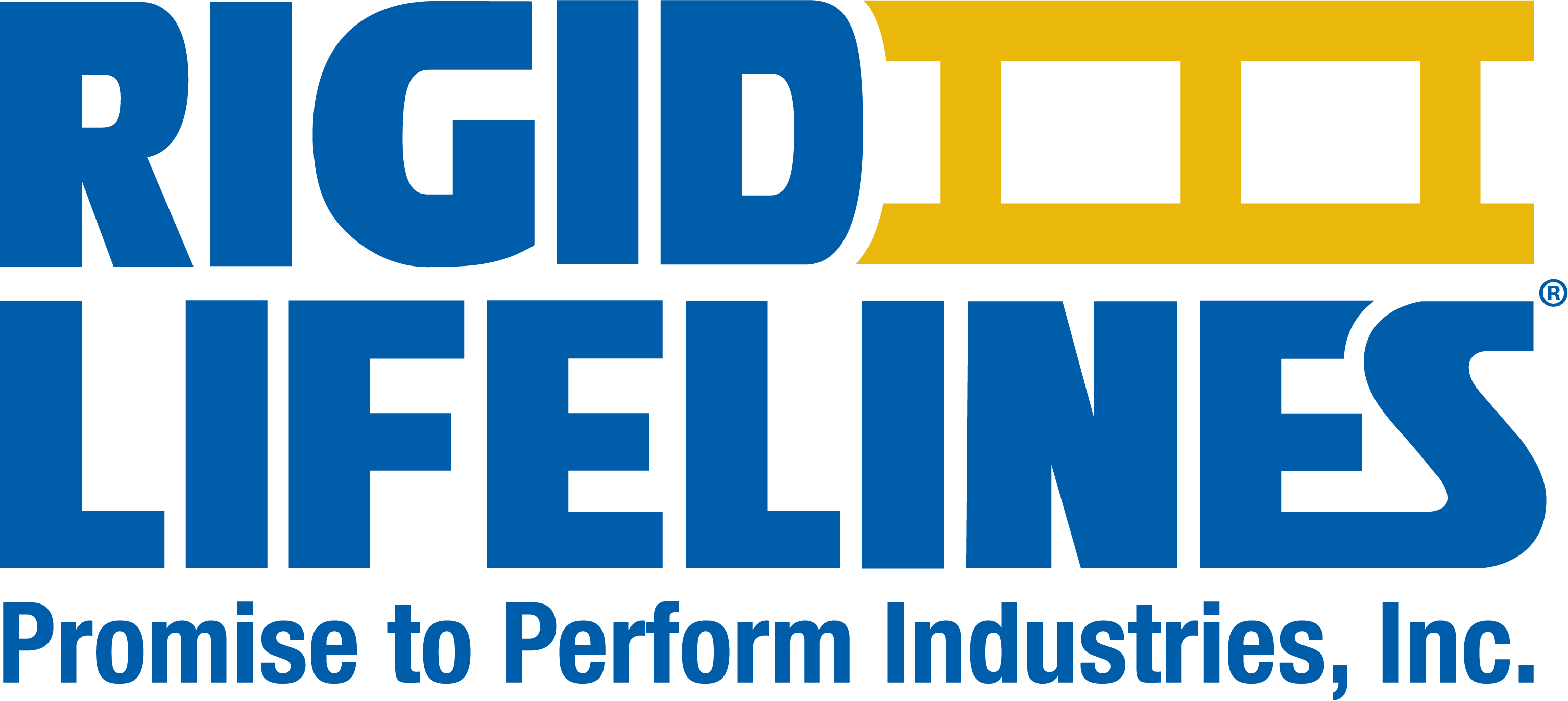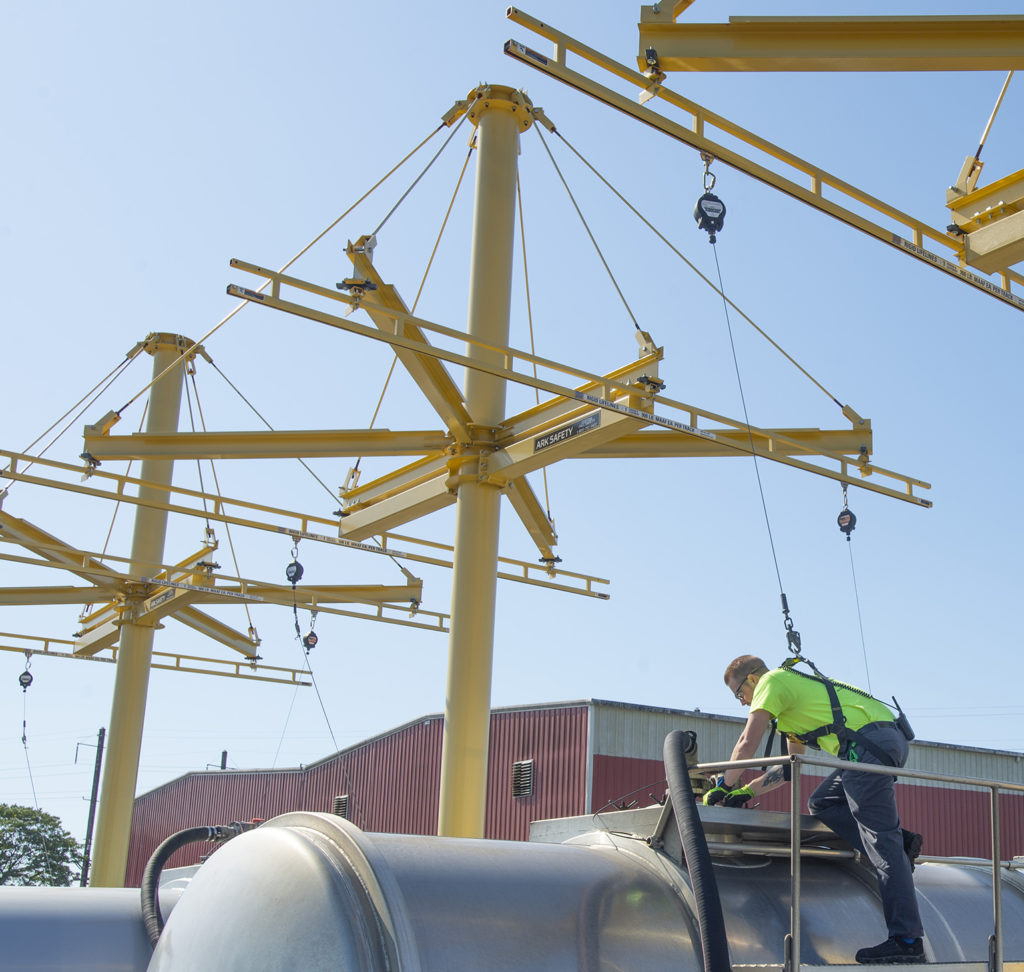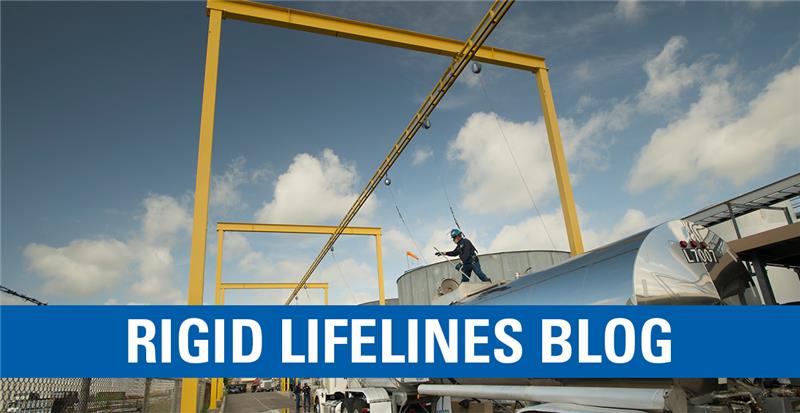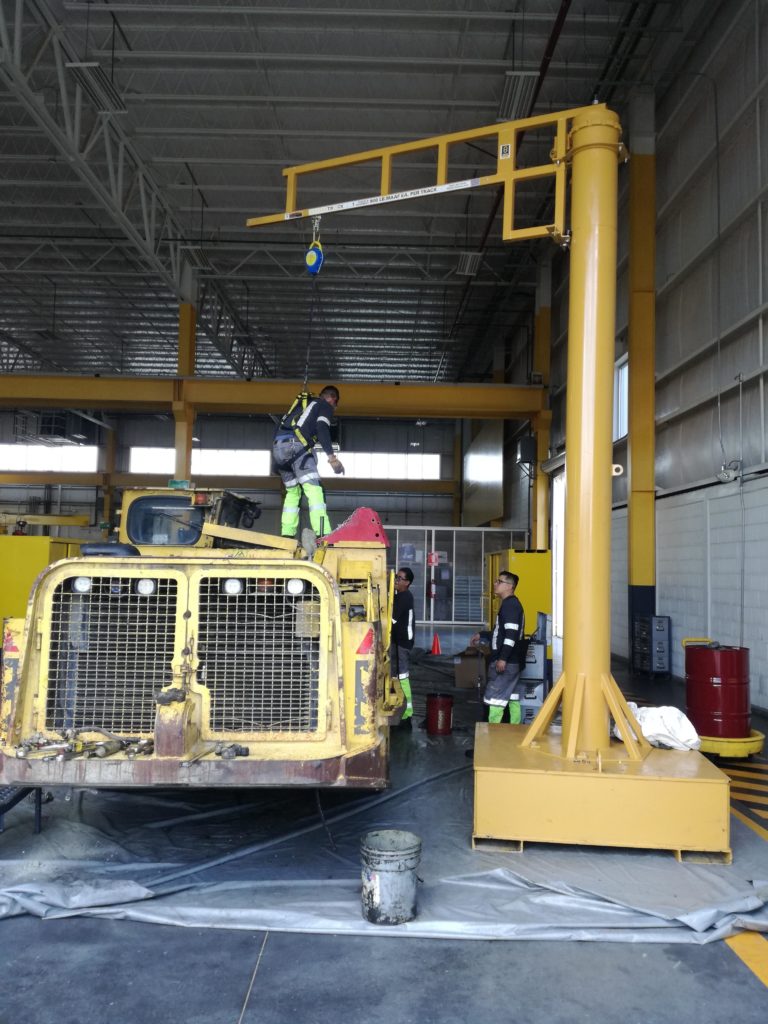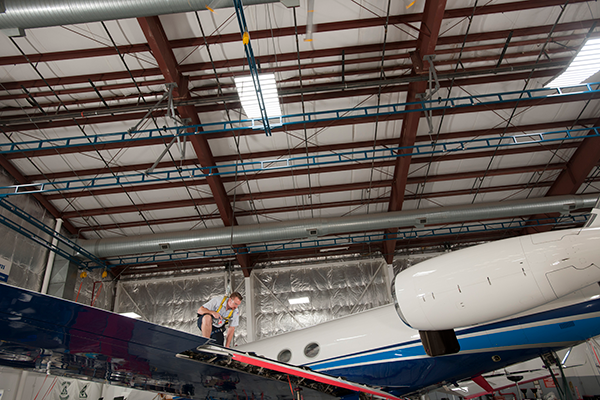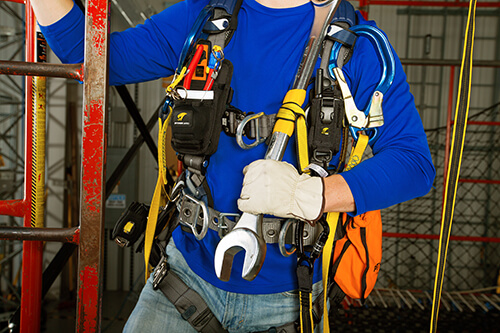Posts by developer
What to do After a Fall Event
Many of our blogs focus on ways to eliminate hazards, prevent workplace accidents, and avoid injuries. Many blogs also emphasize the kinds of hazards that remain after a fall is arrested, including swing falls and suspension trauma. But what about the steps to take after a fall event? What should you do after a worker…
Read MoreSwing Falls and How They Happen
Swing Falls are one of the most dangerous, and sometimes fatal, events that can happen to a worker when working at height. When implemented correctly into a workplace, fall protection improves worker safety by preventing a worker from striking the ground during a fall event. However, when fall protection is used incorrectly, the danger of…
Read MoreHow to Select a Qualified Safety Trainer for Your Facility
The role of a safety trainer in an organization is an important one, and it can sometimes be a difficult role to fill. A safety trainer needs a thorough understanding of best safety practices and the ability to teach and train effectively. To meet these requirements, a person should not only be an expert in…
Read MoreAdvantages of Portable Base Swing Arms
One of the fundamentals in fall protection is keeping the worker safe and mobile while they are performing their normal job duties. This goal sounds simple, right? However, fall protection has many variables and can be much more complicated than anticipated. The fall protection provider’s job is to make it as simple as possible and…
Read MoreImproving Safety Committee Effectiveness
An effective safety committee is an important part of developing and maintaining a successful safety program. Unfortunately, companies sometimes have disorganized or unfocused safety committees, which can lead to poor safety results. So what can safety professionals do to fix an ineffective committee? The Problem The first thing to do is to find out why…
Read MoreFive Reasons People Don’t Use Fall Protection
OSHA requires workers to use fall protection when working at a height of four feet or higher for general industry. This requirement is intended to protect workers in the event of a fall, but many people will find reasons to avoid using fall protection. Unfortunately, these reasons often seem valid in the moment, but they…
Read MoreThe Cost of a Poor Safety Program
The Liberty Mutual Workplace Safety Index identifies the most common and costly workplace injuries to help employers identify safety risks and allocate resources. The index ranks types of serious, nonfatal injuries by their direct costs to U.S. businesses in a year. Serious injuries are considered any work-related injuries and illnesses that result in employees missing…
Read MoreIncorporated By Reference: Understanding OSHA and National Consensus Standards
The General Duty Clause of the Occupational Safety and Health Act [OSH Act §5(a)(1)] requires employers to “furnish to each of his employees employment and a place of employment which are free from recognized hazards that are causing or are likely to cause death or serious physical harm to his employees.” Many people are familiar…
Read MoreChoosing the Right SRL for your Fall Protection System and Application
SRLs, or self-retracting lifelines, are a crucial part of any fall protection system. SRLs connect workers to their anchor point and arrest falls with a built-in braking system. Every fall protection application is different, so it is important to know how to choose the right SRL for your specific application. It’s worth noting that Rigid Lifelines…
Read MoreCondition, Not Time, Determines When to Replace Your Personal Fall Protection Equipment
A common question in the fall protection industry is about life spans for personal fall protection equipment and if the equipment should be replaced every five years. As with many topics, there’s the short answer, and the more accurate, longer one. The short answer is no, you do not have to replace your equipment five…
Read MoreBenefits of Dual Track Rigid Rail Systems
The fall protection industry is growing rapidly. Safety mangers throughout the country are recognizing the need for fall protection in many fields, such as aviation, construction, manufacturing, and transportation, to name a few. With so many fall protection products flooding the market, how can you know which fall protection system is right for your facility?…
Read MoreFall Protection Is Not Just for People
Worker fall protection is a serious issue within the safety industry. In this day and age, most companies are aware that they must provide their workers with proper fall protection when working at height to comply with OSHA and ANSI regulations. However, the same consideration must extend to the tools their workers are using. This…
Read More